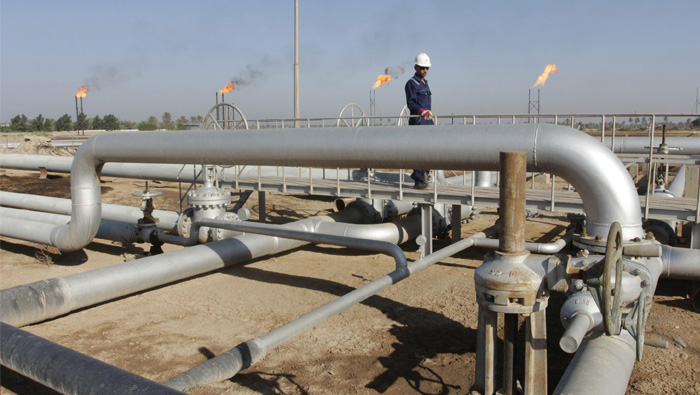
Hong Kong: Oil declined for a second day as weekly United States industry data showed crude stockpiles expanded and Saudi Arabia was said to have raised July production to a record.
Futures decreased as much as 1.2 per cent in New York after falling 0.6 per cent on Tuesday. US inventories rose by 2.09 million barrels last week, the American Petroleum Institute was said to report. Government data on Wednesday is forecast to show stockpiles slid by 1.5 million barrels.
Saudi Arabia pumped 10.67 million barrels of oil a day in July to satisfy the summer surge in domestic demand, according to two people with knowledge of the data.
Oil has fluctuated after tumbling more than 20 per cent into a bear market and closing below $40 a barrel last week for the first time in almost four months. While there is an inventory overhang of US crude and fuel stockpiles, Goldman Sachs forecasts the market will be in modest deficit in the second half of this year and the EIA sees consumption outpacing supply in 2017.
“The crude supply overhang is going to keep the price from rallying too strongly,” said David Lennox, a resources analyst at Fat Prophets in Sydney. “Its trend is in the right direction, which is down from its peak, but there’s still more than 500 million barrels stockpiled. Until we see supplies return to historical averages, significant price gains will be capped.”
West Texas Intermediate for September delivery slid as much as 50 cents to $42.27 a barrel on the New York Mercantile Exchange and was at $42.38 in London. The contract lost 25 cents to $42.77 on Tuesday. Total volume traded was about 29 per cent below the 100-day average.
US stockpiles
Brent for October settlement dropped as much as 48 cents, or 1.1 per cent, to $44.50 a barrel on the London-based ICE Futures Europe exchange. The contract fell 0.9 percent to $44.98 on Tuesday. The global benchmark crude traded at a premium of $1.51 to WTI for October.
US gasoline stockpiles dropped by 3.95 million barrels last week, the API said on Tuesday, according to a person familiar with the figures. The EIA report Wednesday is forecast to show inventories of the motor fuel decreased by 1.3 million barrels, according to the median estimate in a survey.
Power demand in the Middle East peaks in the hottest months of July and August, when Saudis turn up their air-conditioners to cool homes and offices. The output figures the two people said the kingdom submitted to Organisation of Petroleum Exporting Countries (Opec) for last month beat the previous all-time production high of 10.56 million barrels a day in June 2015, according to the group’s data. Opec’s monthly report is scheduled to be released on Wednesday.
The EIA forecasts 2017 US output averaging 8.31 million barrels a day in 2017, up from a July estimate of 8.2 million, according to its monthly report released on Tuesday. Saudi Arabia kept its full contractual crude supplies to Asia for September, according to three officials at the region’s refiners. Venezuela plans to add 1 million barrels of new oil storage, according to an e-mailed statement from PDVSA.